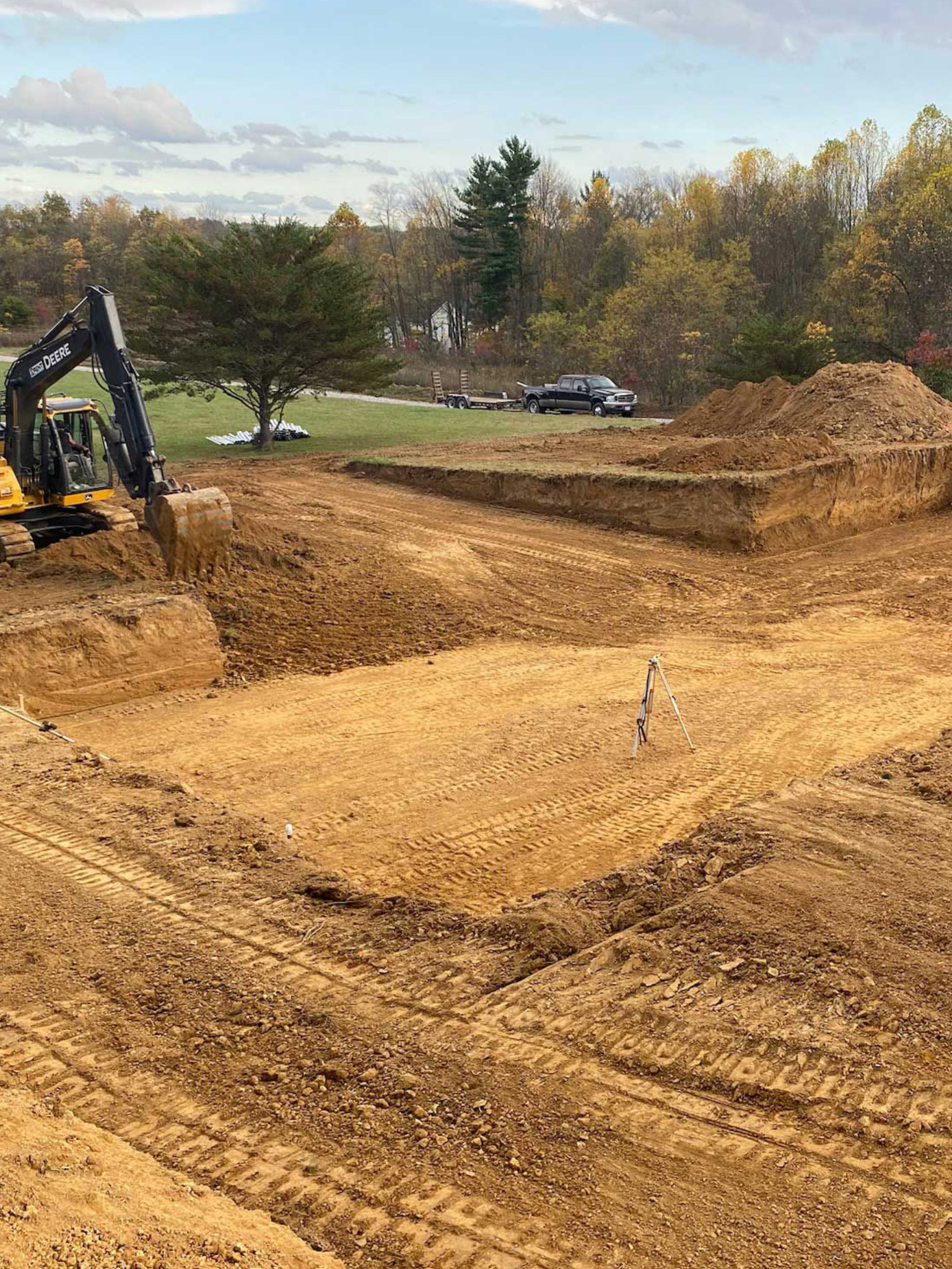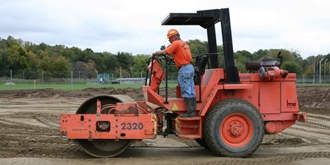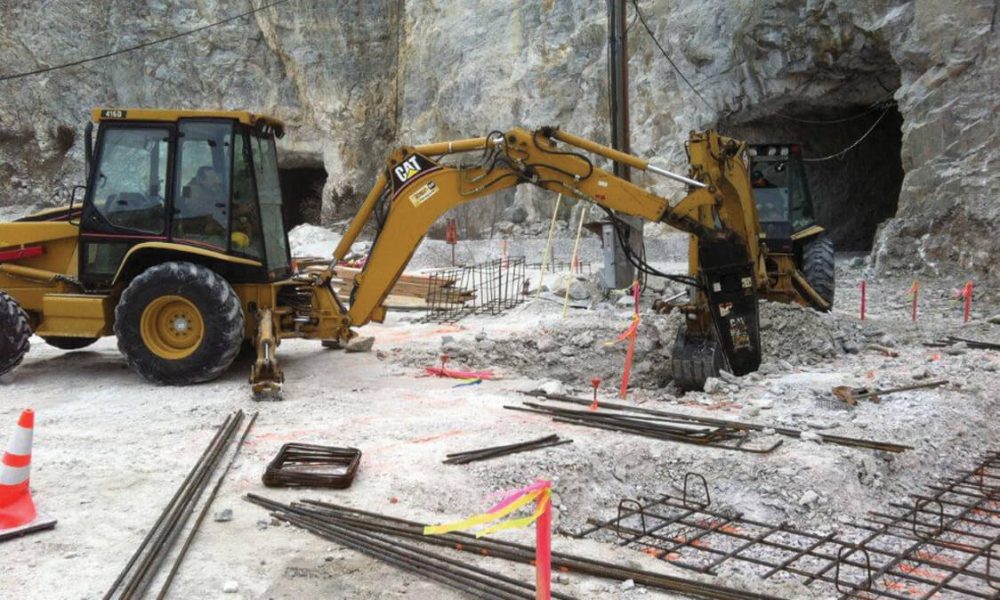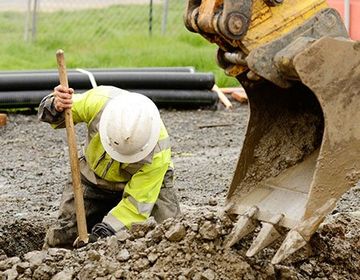In-Depth Exploration: The Science Behind Superior Excavation Practices
From old hand tools to modern hydraulic excavators, the development of excavation methods has been a testimony to human resourcefulness and technological advancements. What truly establishes remarkable excavation methods apart is a deep understanding of geological principles, paired with the usage of advanced tools and approaches.
Advancement of Excavation Strategies
Throughout history, the development of excavation techniques has played a crucial function beforehand building practices and historical discoveries. From the rudimentary devices used by our forefathers to the sophisticated equipment utilized in modern-day times, the progression of excavation approaches has significantly changed how we come close to various tasks.
In ancient times, manual work with fundamental devices such as pickaxes, wheelbarrows, and shovels was the main method of excavation. This labor-intensive procedure restricted the depth and scope of excavations, frequently causing sluggish development and restricted access to particular sites. However, as worlds advanced, so did the tools and strategies utilized for excavation.
The Industrial Change marked a turning point in excavation experiment the intro of steam-powered machinery. This development reinvented the area, allowing for faster and much more substantial excavations. In modern times, technology plays a critical function in excavation, with advancements like general practitioner systems, drones, and 3D scanning boosting accuracy and performance in the area. The development of excavation strategies remains to form the means we build, discover, and understand the globe around us.
Duty of Technology in Excavation

The combination of cutting-edge innovation has actually basically transformed the area of excavation, improving accuracy and efficiency to extraordinary degrees. Among the vital technical improvements that has actually significantly influenced excavation practices is the application of general practitioner systems. These systems allow for accurate mapping of excavation websites, making it possible for drivers to accurately locate below ground energies and frameworks. Additionally, using telematics in excavation devices has actually enabled real-time monitoring of maker performance, causing positive maintenance and raised operational productivity.
Furthermore, the advent of 3D modeling and simulation software has streamlined the preparation process for excavation tasks. Drivers and designers can now envision the entire excavation process prior to damaging ground, optimizing and identifying possible obstacles workflow. Combined with this, the application of drones in excavation tasks has helped with airborne studies, volumetric measurements, and site evaluations with unmatched speed and accuracy.
Geological Concepts in Excavation
An understanding of geological concepts is vital for ensuring the architectural stability and stability of excavation websites. Geological factors play an important role in determining the expediency and security of excavation projects.
Moreover, the geological framework of the area, consisting of faults, cracks, and rock formations, must be meticulously evaluated to identify prospective risks and obstacles. Excavating near mistake lines or unstable rock developments can result in instability and possible risks. By performing complete geological surveys and evaluation, designers and excavators can create strategies to alleviate dangers and ensure the effective conclusion of excavation projects. Inevitably, incorporating geological principles right into excavation techniques is important for attaining safe, effective, and lasting outcomes.

Most Current Tools for Excavation
In the world of excavation practices, contemporary developments in tools have changed the performance and precision of excavation procedures. These drones can supply in-depth airborne surveys of excavation websites, supplying real-time data on topography and potential dangers.
Another cutting-edge device acquiring popularity is the execution of 3D printing innovation for developing custom-made excavation equipment. This enables the manufacturing of specialized tools that are tailored to the specific demands of a project, boosting effectiveness and lowering downtime.
Additionally, innovations in materials scientific research have actually resulted in the growth of more powerful and more long lasting excavation tools. septic ohio. Tungsten carbide-tipped excavator accessories, as an example, offer exceptional performance in challenging ground problems, improving performance on-site
Scientific research's Impact on Excavation Practices

Furthermore, innovations in materials science have actually caused the development of more powerful, a lot more resilient excavation devices and devices. For example, using composite materials in shovels and miners has actually improved their performance and long life, ultimately raising efficiency on excavation websites. Additionally, clinical research on visit our website dirt technicians and geotechnical engineering has actually offered beneficial insights right into soil behavior, permitting excavation professionals to make enlightened decisions regarding excavation techniques and dirt stabilization methods. Overall, science proceeds to drive development and renovation in excavation methods, making excavation projects a lot more reliable, affordable, and lasting.

Verdict
To conclude, the advancement of excavation strategies has been greatly influenced by developments in innovation and a deeper understanding of geological concepts. The most recent tools and equipment made use of in excavation have boosted effectiveness and precision in the field. The application of clinical knowledge has actually substantially enhanced excavation techniques, bring about a lot more efficient and sustainable techniques for excavating different types of products.
In the world of excavation click to find out more methods, modern important source innovations in devices have actually reinvented the effectiveness and precision of excavation procedures. By leveraging clinical principles, the excavation sector has actually been able to considerably improve efficiency, precision, and safety and security in excavation processes. GPR allows excavation teams to non-invasively scan and map subsurface frameworks, energies, and possible dangers, enabling them to plan excavation tasks with higher accuracy and minimized danger of accidents.
In addition, clinical research study on soil mechanics and geotechnical design has given useful insights right into soil actions, allowing excavation professionals to make enlightened decisions regarding excavation techniques and soil stabilization techniques. In general, scientific research proceeds to drive innovation and renovation in excavation practices, making excavation tasks much more reliable, affordable, and sustainable.